Books
Books

The Storyseller
Assaf Gruber’s films examine how art affects individuals who are not necessarily drawn to it. What may seem to be the unladen weight of culture, sometimes turns out to be its own rendering.
The films’ plots emerge from their characters’ personal environments, addressing the manner by which personal stories become intertwined with political ideologies, and the way in which social relations between private and public spheres are shaped. Gruber’s protagonists include: a sixty-year-old man, who due to his religious background was rejected multiple times from East German art academies during the 1970s; a retired security guard from the Old Masters Gallery in Dresden who now wants to spend the rest of her life as a volunteer in an Avant-garde museum, and the Chinese owners of a manufacturing company for contemporary sculpture, based in Poland.
The publication is composed of eight chapters, each focusing on a discussion that turned out to be a significant factor in the films’ production. The tran- scription of each conversation is placed next to film stills with subtitles superimposed. This conceptual design allows Gruber to present the films as the third party in each chapter, as if they too are commenting, questioning, and completing the dialogue.
Contributors: Paolo Caffoni (Ed.)

A Long List Of Safe Words – (A.L.L.O.S.W)
A compilation of texts, poems and stories whose title is borrowed from the safe words used in BDSM practices.
Published on the occasion of the exhibition “Puberté 2”, Ravisius Textor, Nevers, from October 5 to November 16, 2019. Kevin Desbouis is a French artist and author.

The Lost Diagrams of Walter Benjamin
In A Berlin Chronicle Walter Benjamin describes his autobiography as a space to be walked (indeed, it is a labyrinth, with entrances he calls primal acquaintances). The contributors to The Lost Diagrams respond to the invitation to accompany Benjamin in reproducing the web of connections of his diagram, which, once lost (he was inconsolable), was never fully redrawn. They translate his words into maps, trees, lists, and constellations. Their diagrams, after Benjamin, are fragments, scribbles, indexes, bed covers, and body parts. Subjectivities sharpen and blur, merge and redefine, scatter and recollect. Benjamin writes: ‘Whatever cross connections are finally established between these systems also depends on the inter-twinements of our path through life’.
Contributors: Helen Clarke, Sam Dolbear, Sharon Kivland, Christian A. Wollin

Moi
The straplines of a number of advertisements drawn from magazines of the 1950s are turned into drawings, as though a particularly vain and narcissistic woman speaks (as of course she does), She is ‘en pleine forme’ of her beauty. (2016).

Film in the Present Tense
K.Schroedinger, D. S. Phillips and 1 more
This book brings together contributions from participants and guests of Film in the Present Tense – International Symposium on Current Developments in Analog Film Culture, held in Berlin. It reflects a contemporary discussion around the use, value and purpose of analogue film from a multiplicity of perspectives: artists, filmmakers, scholars, archivists, curators, technicians and manufacturers. Film in the Present Tense intends to provide a documentation of the collective momentum that characterized the symposium and it responds to the persistent desire to keep talking about analogue film.
Organized by LaborBerlin in collaboration with Filminstitut Udk Berlin.
Author(s): (ed.) L.Greenfield, D. S. Phillips, K.Schroedinger
Contributors: Nicola Baldini, Erika Balsom, Petra Belc, Christa Blümlinger, Britt Al-Busultan, Anja Dornieden, Juan David Gonzáles Monroy, Guy Edmonds, Scott Fitzpatrick, Tiago Ganhão, Sally Golding, Luisa Greenfield, Philip Hoffman, Emmanuel Lefrant, Olga Moskatova Aurélie Percevault, Deborah S. Phillips, Martin Reinhart, Nicolas Rey, Julian Ross, Katia Rossini, Kerstin Schroedinger, Guy Sherwin, Björn Speidel, Peter Taylor, Esther Urlus, Stefanie Weberhofer, Philip Widmann, Zero Pixel, Ulrich Ziemons

Engagement Arts Zine 2
Contributors: Anissa Boujdaini, Anna Muchin, Chloe Chignell, Ilse Ghekiere, Justine Serlat, Kevin Fay, Nancy, Sebastian Kann, Shadow Cabinet and Elsa B Mason.
Editors: Chloe Chignell, Daisy Phillips, Eline, Jacopo Buccino and Justine Serlat.
December 2019

Library
LIBRARY contains four essays and two interviews, with the pre-dominant concern of sexual questions: the subjects in art, film, and literature—the issues tied to Rivette’s La Belle Noiseuse, Madonna’s sexual assault in Dangerous Game, Clunie Reid’s use of language, Richard Prince’s obsession with books, and Paul Meyersberg’s articulation about sex.
‘Like Carol Reed’s crippled trapeze artist now devoted to sensuality, Paul Buck is more than a suitable case for treatment. A personable deviant, Buck’s culpable, desiring proximity steeps these writings, inasmuch as they are apostrophised by his appearance in cameo, inside and outside the text. Buck stalks his work, addressing us in collusive asides. Rather than the disinterest of resistable objectivity, Buck’s criticism is moved by a profound personal investment in his subjects; he does not elide his complicity, nor does he quiet moral considerations. Discussing Richard Prince’s library or Madonna’s instrumentality, Buck makes the possessive, accountable case throughout. His underlying subject is the snarl of art and life, and the perils that abound in their confusion in the personal and their forced dichotomy in culture at large. Art, for Buck, cannot be an apology for the failures of experience, but instead is a compulsive and risky exposure, like a heretical grace, modelling life for our benefit.’ - Ed Atkins
‘Translator, poet, collagist, archivist, novelist, and all-around intellectual impresario, Paul Buck has a formidable knowledge of culture that he shines like a laser in LIBRARY on Richard Prince, Madonna, Abel Ferrera, and the erotics of painting and representation. He approaches the critical essay like a crime scene investigation. LIBRARY is a fantastic read’. - Chris Kraus
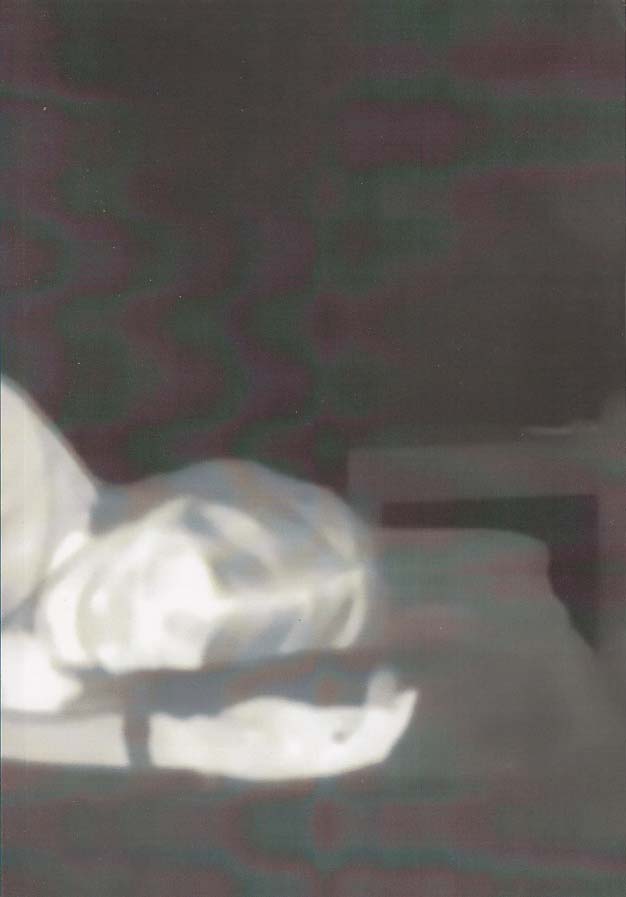
How to sleep faster 10
Winter 2019. SLEEP.
Contributions by: NAVILD ACOSTA, CLAY AD, MANDISA APENA, KHAIRANI BAROKKA, LINDA BESNER, LEAH CLEMENTS, PENNY GORING, LEWIS HAMMOND, ELAINE KAHN, GARETH DAMIAN MARTIN, LIV MENDEZ, BELLA MILROY, EILEEN MYLES, PRECIOUS OKOYOMON, LAUREN O’NEILL, RUTH PILSTON, HANNAH QUINLAN & ROSIE HASTINGS, FANNIE SOSA, ROMILY ALICE WALDEN, IAN WOOLDRIDGE and ANNA ZETT

If Our Wealth Is Criminal Then Let's Live with the Criminal Joy of Pirates
If Our Wealth Is Criminal Then Let's Live with the Criminal Joy of Pirates collects two short stories and an essay by Jacob Wren. In the first story, 'The Infiltrator, ' certain ongoing, rarely mentioned, difficulties for the activist Left are explored with unlikely candour. In 'Four Letters from an Ongoing Series, ' the postal service becomes an unwitting accomplice to the gatekeepers of potential culture. Finally, in the essay 'Like a Priest Who Has Lost Faith, ' questions of art and emptiness shift focus in relation to the agency that at all times surrounds us.

Authenticity Is a Feeling
Authenticity is a Feeling: My Life in PME-ART is a compelling hybrid of history, memoir, and performance theory. It tells the story of the interdisciplinary performance group PME-ART and their ongoing endeavour to make a new kind of highly collaborative theatre dedicated to the fragile but essential act of "being yourself in a performance situation."

New Skin / Levitations
This book assembles the scripts of two solo performances levitations (2017) and New Skin (2018). Hannah De Meyer's work connects with the eco-feminist tradition and investigates the connections between femininity, ecology and decolonization. She merges text and movement into a quirky, hybrid theater language. Levitations is an enchanting trip along the peaks and valleys of De Meyers imagination. The recent new skin is an overwhelming feminist and ecological statement.

Dialogue on the infinity of love
Celebrated as a courtesan and poet, and as a woman of great intelligence and wit, Tullia d'Aragona (1510-56) entered the debate about the morality of love that engaged the best and most famous male intellects of sixteenth-century Italy. First published in Venice in 1547, but never before published in English, "Dialogue on the Infinity of Love" casts a woman rather than a man as the main disputant on the ethics of love.
Sexually liberated and financially independent, Tullia d'Aragona dared to argue that the only moral form of love between woman and man is one that recognizes both the sensual and the spiritual needs of humankind. Declaring sexual drives to be fundamentally irrepressible and blameless, she challenged the Platonic and religious orthodoxy of her time, which condemned all forms of sensual experience, denied the rationality of women, and relegated femininity to the realm of physicality and sin.
Human beings, she argued, consist of body and soul, sense and intellect, and honorable love must be based on this real nature. By exposing the intrinsic misogyny of prevailing theories of love, Aragona vindicates all women, proposing a morality of love that restores them to intellectual and sexual parity with men. Through Aragona's sharp reasoning, her sense of irony and humor, and her renowned linguistic skill, a rare picture unfolds of an intelligent and thoughtful woman fighting sixteenth-century stereotypes of women and sexuality.

Typefaces don't care, typefaces do care
Jungmyung Lee, Charlie Clemoens
Real-Time Realist is a serial publication of J-LTF PRESS. This issue of Real-Time Realist explores Ecstasy, Joy, Serenity, and Love, The Yellow Wheel, with contributions from invited artists distilling the aforementioned emotions.
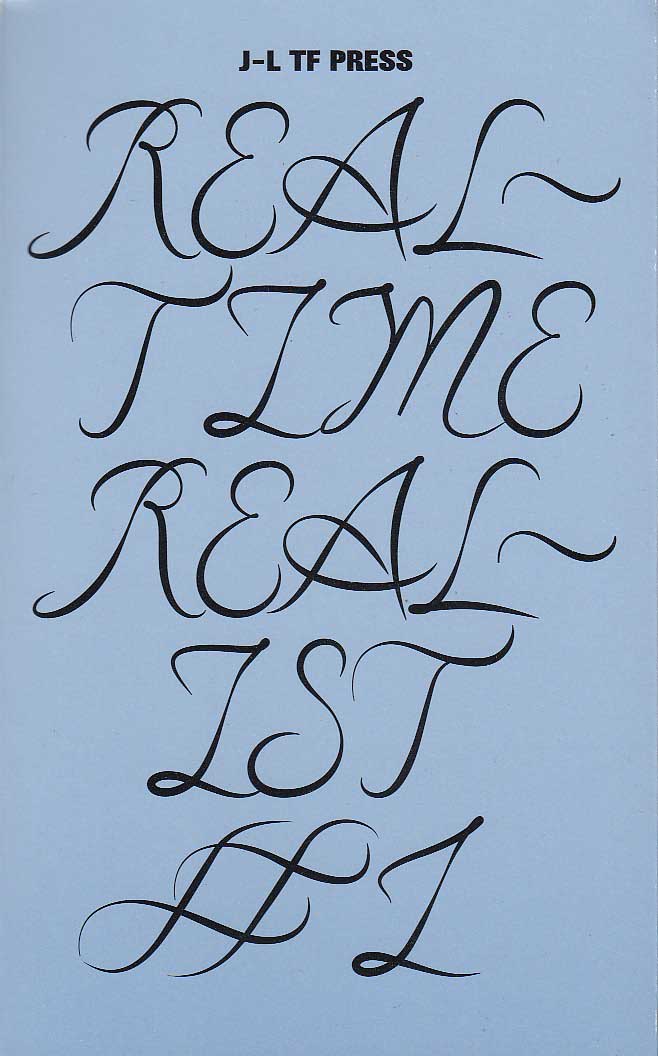
Typefaces have other interests besides words
Charlie Clemoens, Jungmyung Lee
This first issue of Real-Time Realist explores amazement, distraction, surprise and awe (the blue sector of Robert Plutchik's Wheel of Emotions) with contributions from invited artists distilling the aforementioned emotions. [publisher’s note.]
Real-Time Realist gathers contributions by graphic designers, writers, and artists, most of them living in the NL and former students of the Gerrit Rietveld Academie or the Werkplaats Typografie.
Contributors: Jungmyung Lee, Josse Pyl, Carson Lee, Charlie Clemoes, Laura Pappa, Lieven Lahaye, Will Pollard, Mathew Kneebone, Max Gershfield, Rudy Guedj.

The New Woman's Survival Catalogue
Kirsten Grimstad, Susan Rennie
Originally published in 1973, The New Woman's Survival Catalog is a seminal survey of the second-wave feminist effort across the US. Edited by Kirsten Grimstad and Susan Rennie in just five months, The New Woman's Survival Catalog makes a nod to Stewart Brand's influential Whole Earth Catalog, mapping a vast network of feminist alternative cultural activity in the 1970s.

Cookbook of Invisible Writing
A Cookbook of Invisible Writing, by Dutch artist, designer and teacher Amy Wu, is an introduction to analog steganography—a type of secret writing that is hidden in plain sight. This book serves as a starter pack to run workshops with groups who are interested in alternative forms of communication. It contains invisible ink recipes and other invisible communication techniques that may be used to subvert surveillance and bypass censorship, but also inspire your community to develop poetic and playful forms of communication to nurture social bonds. In the tradition of esoteric manuals published on secret writing, this cookbook also channels the spirit of everyday access and the easy distribution and sharing of practical knowledge.
Following Giambattista della Porta's 1558 popular science book Natural Magic—one of the first major publications that detailed simple but diverse recipes of invisible inks for public consumption—this cookbook aims to bring this obscure field to a wider audience. The publication includes a critical essay about the history of surveillance through a feminist and postcolonial lens. The last chapter presents Wu's own body of work that aims to revive analog techniques as a counter to today's digitally surveilled mediascape.
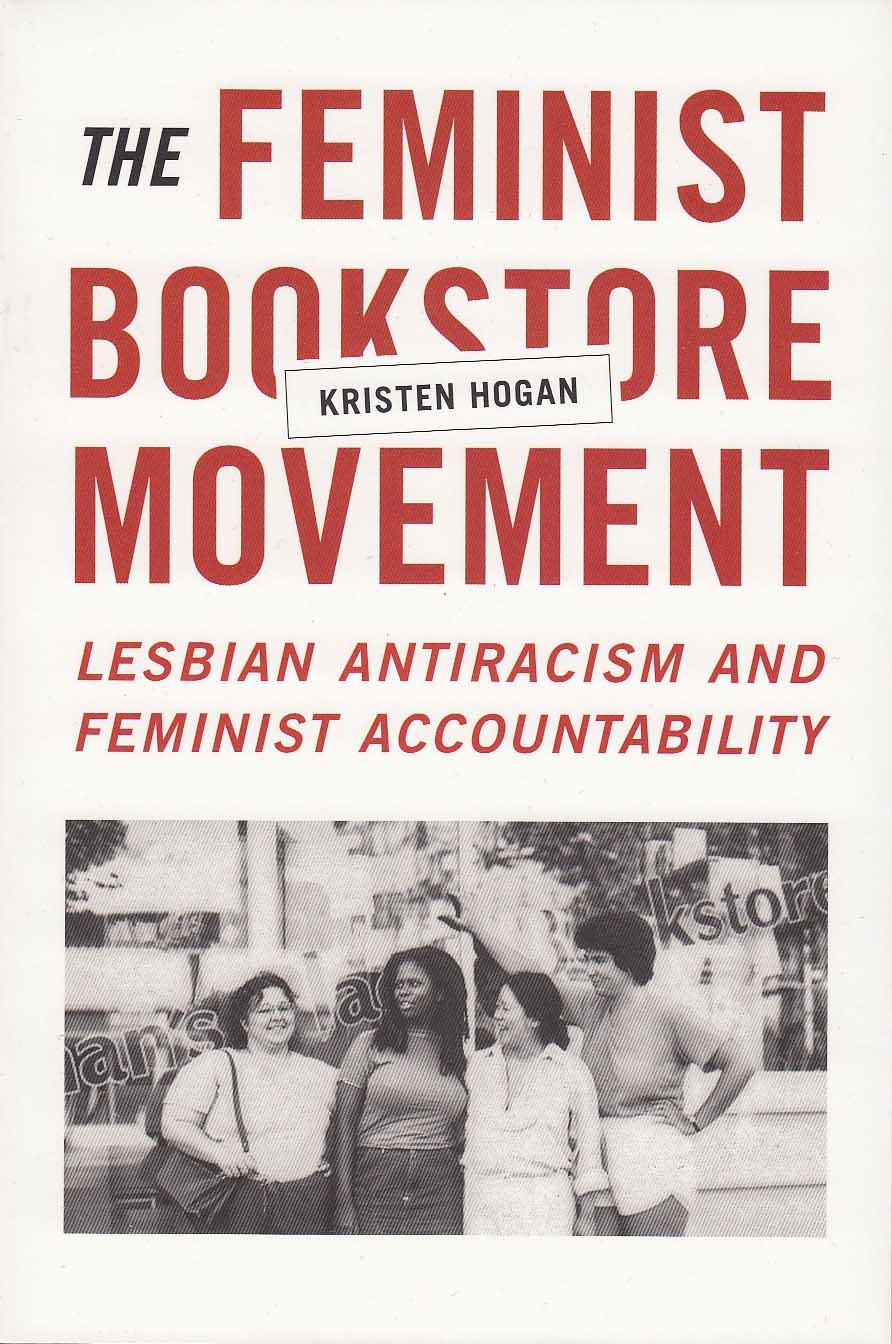
The Feminist Bookstore Movement
From the 1970s through the 1990s more than one hundred feminist bookstores built a transnational network that helped shape some of feminism's most complex conversations. Kristen Hogan traces the feminist bookstore movement's rise and eventual fall, restoring its radical work to public feminist memory. The bookwomen at the heart of this story—mostly lesbians and including women of color—measured their success not by profit, but by developing theories and practices of lesbian antiracism and feminist accountability.
At bookstores like BookWoman in Austin, the Toronto Women's Bookstore, and Old Wives' Tales in San Francisco, and in the essential Feminist Bookstore News, bookwomen changed people's lives and the world. In retelling their stories, Hogan not only shares the movement's tools with contemporary queer antiracist feminist activists and theorists, she gives us a vocabulary, strategy, and legacy for thinking through today's feminisms.

Théorie De L'Indiscernable
João Maria Gusmão, Pedro Paiva
Livret de 56 pages; format 13x21; illustré; couverture souple; cousu. Traduction originale du portugais ("Teoria do indiscernível" texte figurant dans le vol. "Abissologia - Teoria do Indiscernível", Lisboa - 2012). Édition bilingue portugais-français.
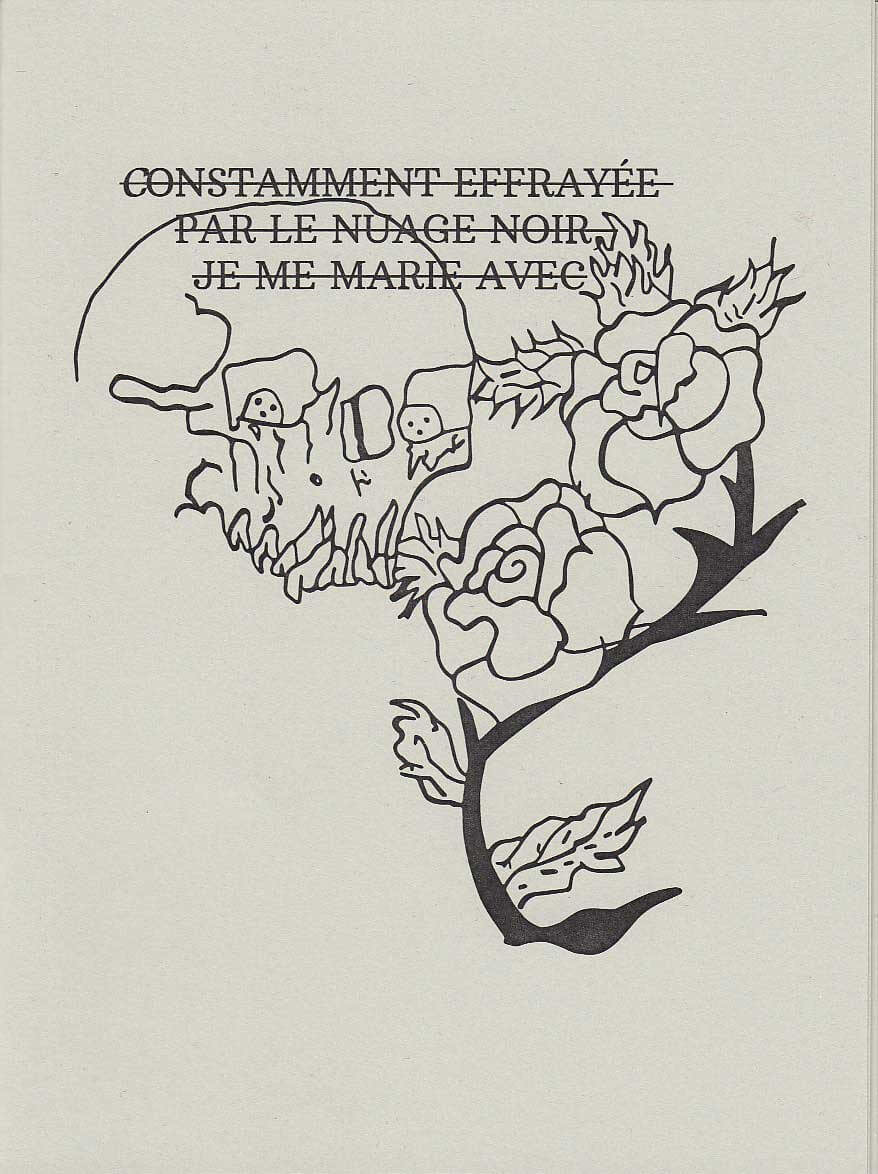
Constamment effrayée par le nuage noir je me marie avec
Quelques textes de Kathy Acker, écrits avant ses trente ans, traduits par Elodie Petit et Claire Finch.

Chantal Akerman Retrospective Handbook
A book from A Nos Amours gathering up all the research and writing that went into making the London Chantal Akerman retrospective possible.
Between 2013 and 2015, A Nos Amours presented in London a complete retrospective of the films of the celebrated film-maker Chantal Akerman. This was a complex and demanding project as rights and screening copies turned out to be widely scattered and difficult to access. The research needed to present this retrospective is offered in this book so that others may easily follow suit.
Also included are the texts, journalism and blogging that was offered to the audience as a means to engage with film-works that are at once radical, heterodox and, in many cases, little known. The book aims to be accurate and a reliable source of detailed information about the films.
Texts are included that provide invaluable insight, including by:
Raymond Bellour, Richard Brody, Ivone Margulies, Marion Schmid and Ginette Vincendeau.
Laura Mulvey has written an expansive foreword, surveying Akerman's achievement, making use of the book as an aide-mémoire for what stands as one of the astonishing bodies of work in all cinema:
"As a collage of writing of many different kinds, the Handbook crucially bears witness to the effect that Akerman has had on the film community, from her earliest movies until her last... The high quality of the texts included in the book are all a reminder of the way that her ‘cinematic’ qualities have advanced our understanding of film." (Laura Mulvey preface)
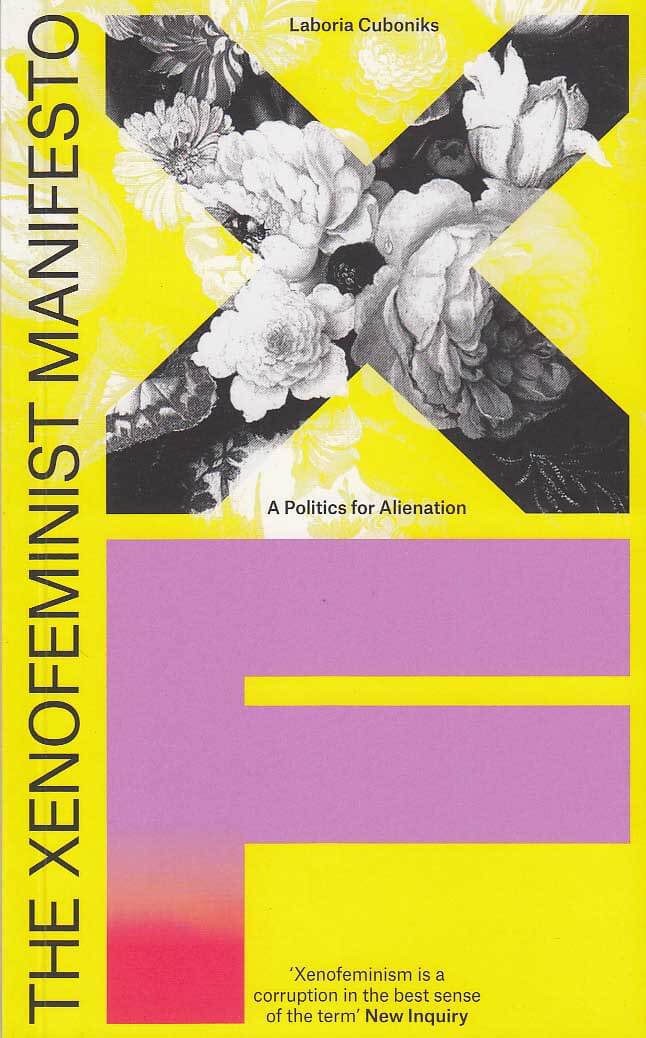
The Xenofeminist Manifesto
Unafraid of exploring the potentials of technology, both its tyrannical and emancipatory possibilities, the manifesto seeks to uproot forces of repression that have come to seem inevitable—from the family, to the body, to the idea of gender itself.

Dream of A Common Language
The Dream of a Common Language explores the contours of a woman s heart and mind in language for everybody language whose plainness, laughter, questions and nobility everyone can respond to.
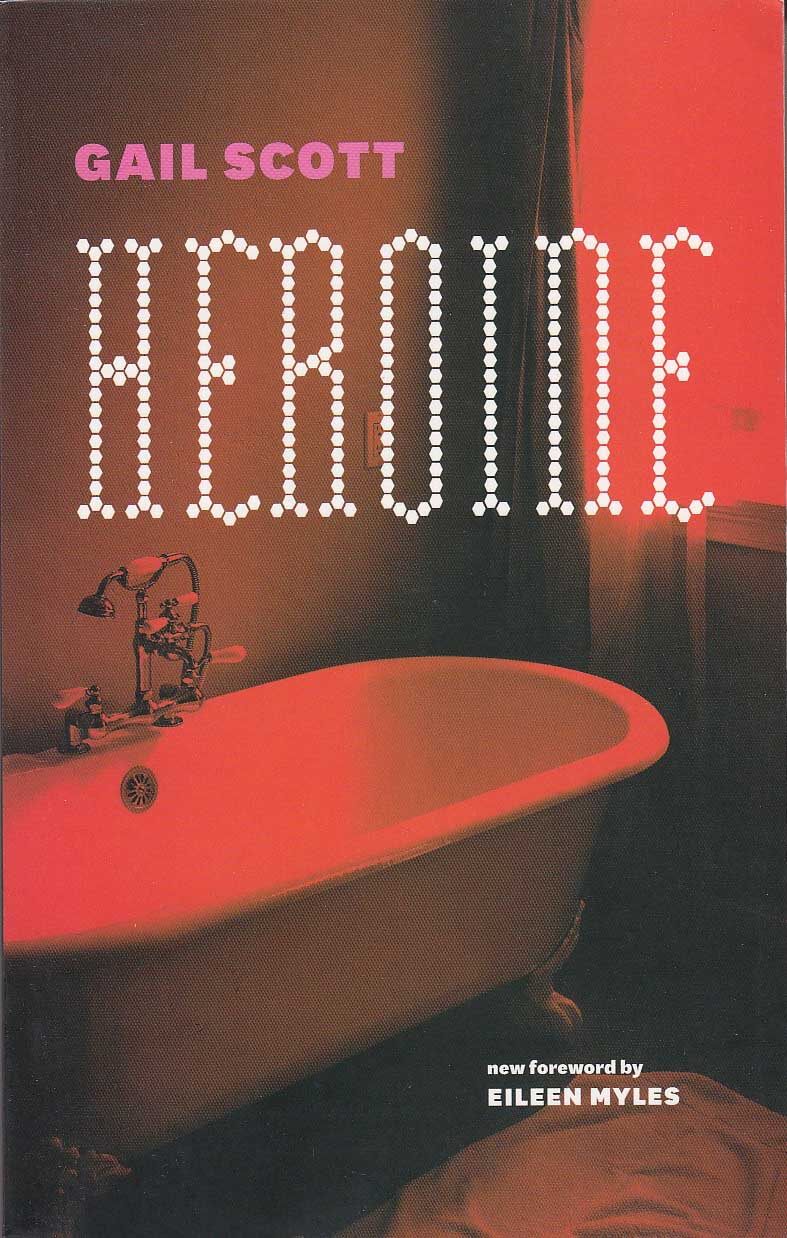
Heroine
In a bathtub in a rooming house in Montreal in 1980, a woman tries to imagine a new life for herself: a life after a passionate affair with a man while falling for a woman, a life that makes sense after her deep involvement in far left politics during the turbulent seventies of Quebec, a life whose form she knows can only be grasped as she speaks it. A new, revised edition of a seminal work of edgy, experimental feminism. With a foreword by Eileen Myles.
